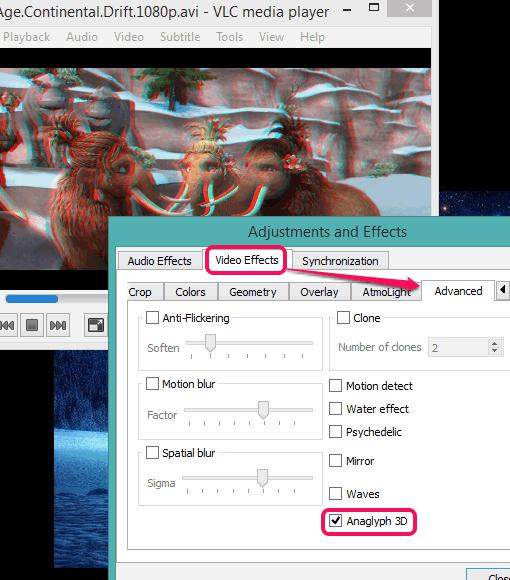
It intends to rely mostly on alternate-frame sequencing for 3D Blu-ray playback, although it will support a number of other display options. CyberLink's PowerDVD 10 looks like it might be one of the only games in town when it comes to 3D Blu-ray playback on the PC, and the company has indicated that dual-projection setups will not be supported. No one has yet announced a dual-projector 3D Blu-ray software player. Perhaps the most notable disadvantage of the polarized method is that it remains questionable whether or not 3D Blu-ray discs will ever be compatible. Once again, this isn't a problem for most people, since they don't watch the big screen with their heads tilted sideways, but it's something else to keep in mind. Still, the drawback is something to consider.Įxample of crosstalk-notice some leaves can be seen through the gunĪnother slight disadvantage is that the filters polarize the light across a plane, so the more you tilt your head, the more crosstalk you will see. But if it doesn't bother you in the theater, then it probably won't bother you at home. The polarized filters are never 100% perfect at blocking all of the light from one of the projectors, so if there is a dark scene and a bright object, some light on the edge of the bright object might be seen with the wrong eye. What are the disadvantages to a polarized setup? First, crosstalk can be an issue with dark scenes. The cost is comparable to a single 46" 3D-ready TV, which will require at least one pair of expensive glasses to operate. While this might seem like a lot, keep in mind that 720p projectors can be had for under $1,000, meaning the total cost of this setup can be kept well under $3,000 with little effort.


On top of that, you'll need a polarized-compatible screen and polarized filters for each of the projectors. A dual-projector system requires two projectors, which is a significant expense. What's the downside? The up-front costs are much greater.


 0 kommentar(er)
0 kommentar(er)
